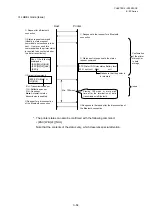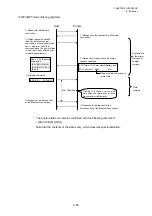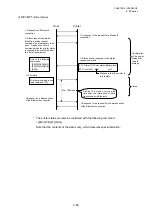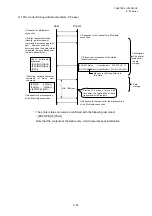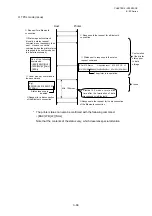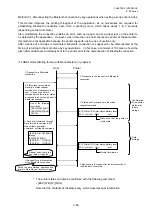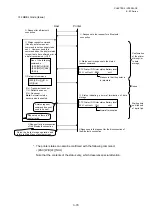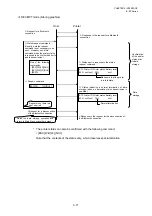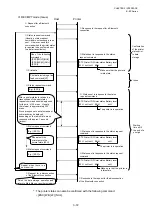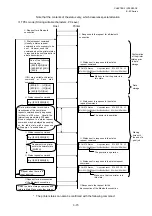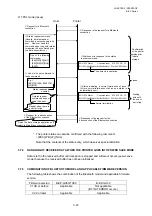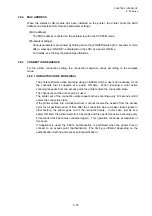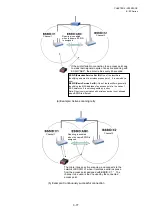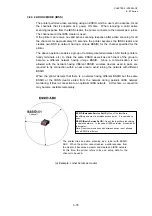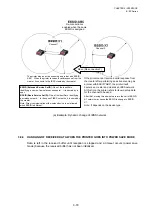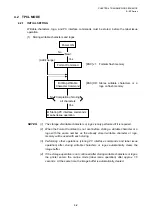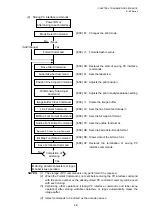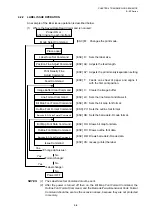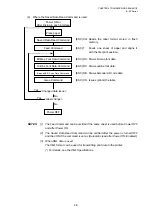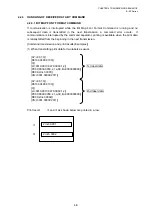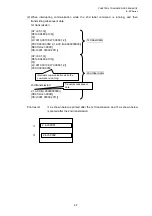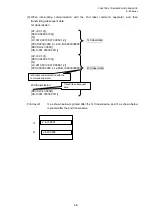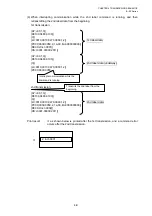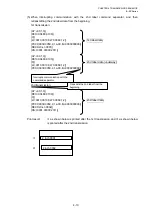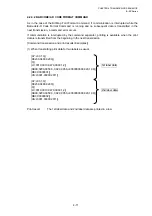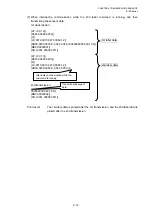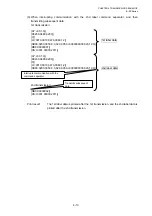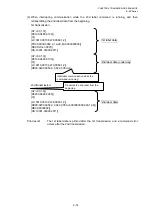
CHAPTER 3 INTERFACE
B-EP
Series
3-78
3.8.3.2 ADHOC MODE (IBSS)
The printer performs active scanning using an ESSID, which a user set in advance, for all
the channels that it supports at a power ON time. When receiving a valid active
scanning response from the IBSS creator, the printer connects to the network as a joiner.
The channel set at the IBSS creator is used.
If the printer can receive no valid active scanning response after active scanning for all
the channels for approximately 3.5 seconds, the printer becomes the IBSS creator and
creates own BSS (a network having a unique BSSID) for the channel specified for the
printer.
The above operation enables a group of remotely-located wireless LAN clients (printers,
handy terminals, etc.) to share the same ESSID as well as each client of the group to
become a different network having unique BSSID. Since a communication is not
allowed with the network having different BSSID, wireless devices used in pairs are
required to try connection within a near area to avoid joining the network with different
BSSID.
When the printer detects that there is a network having different BSSID but the same
ESSID or the IBSS creator exited from the network during periodic IBSS network
monitoring, it tries re-connection to an optimum IBSS network. At this time, a connection
may become unstable temporarily.
(a) Example: Joiner becomes creator
Channel 1
The printer tries an active scanning as a joiner with ESSID:
ABC. When the printer cannot receive a valid response from
the creator, it becomes a creator and creates an IBSS network.
At this time, the printer refers to its own setup data for the
channel to be used.
ESSID (Extended Service Set ID):
One of the identifiers,
identifying a name of a wireless access point. It is named by a
user.
BSSID (Basic Service Set ID):
One of the identifiers, identifying
a wireless network. In the case of IBSS networks, it is named by
the creator.
Note: Direct communication with wireless device is not allowed
when BSSID is different.

